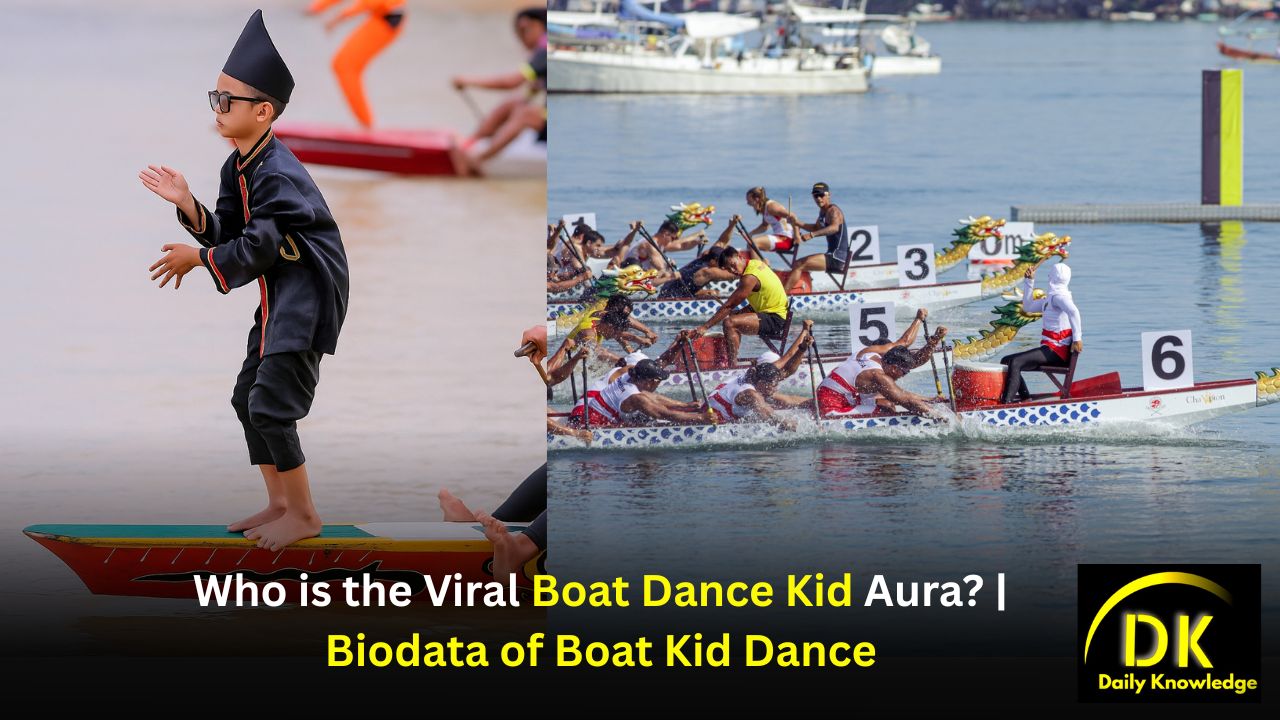Boat Kid Dance Aura at Indonesia’s Pacu Jalur Festival—a unique tradition where child dancers inspire boat racing teams with energetic performances. Discover the history, cultural significance, costumes, and viral moments of this iconic Indonesian boat race dance. Who is the Viral Boat Dance Kid Aura? | Biodata of Boat Kid Dance
What is Boat Race Dance?
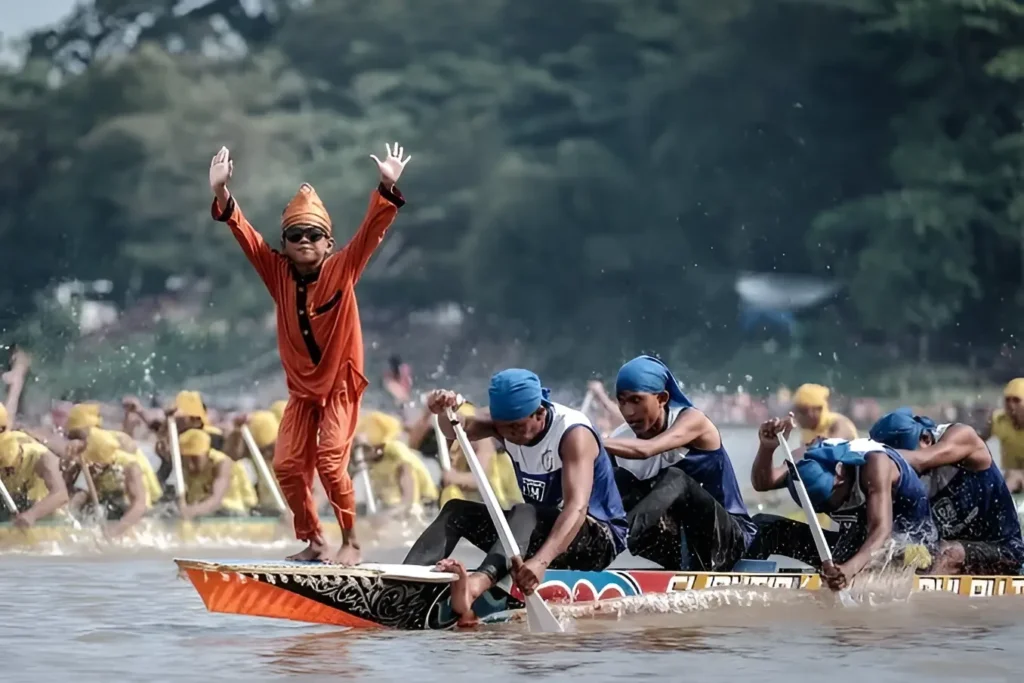
Boat races across Southeast Asia are exhilarating displays of strength, unity, and tradition. Among the most captivating elements of these events is the presence of the “Boat Kid Dance”—a dramatic and energetic performance by a young dancer perched at the prow of the racing boat.
This distinctive cultural spectacle, deeply rooted in the heritage of riverine communities, mesmerizes thousands of onlookers each year. In this blog post, we explore the origins, significance, and enduring appeal of the Boat Kid Dance, revealing why it remains a beloved highlight in every major boat race festival.
Biodata of Boat Kid Dance
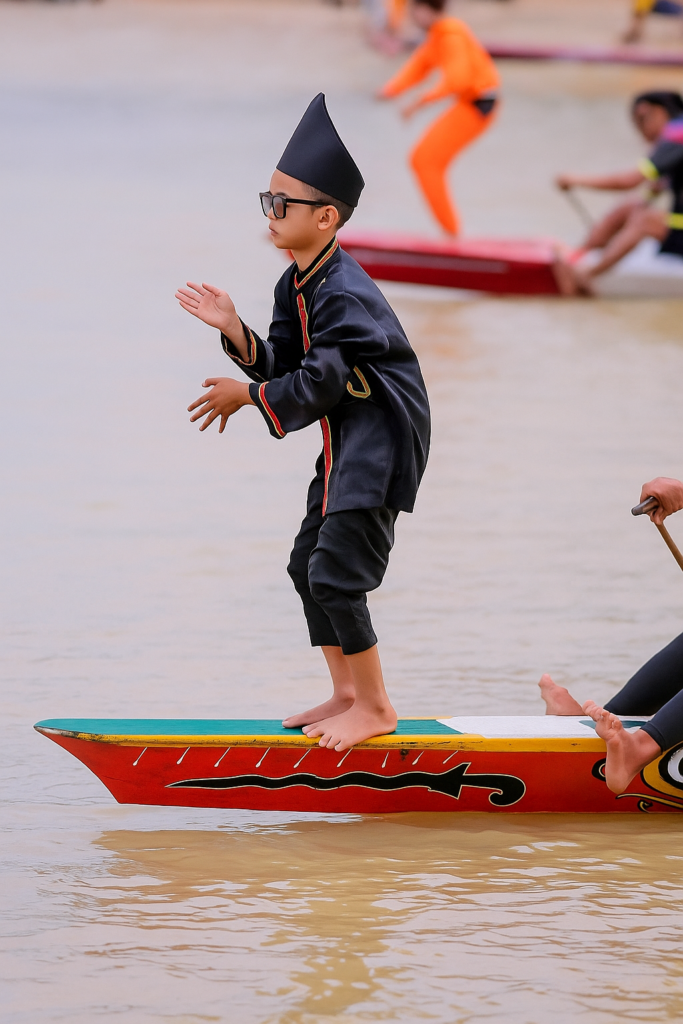
| Full Name | Rayyan Arkan Dikha |
| Nickname | Dikha |
| Age | 11 years old (as of 2025) |
| Place of Birth | Kuantan Singingi, Riau, Indonesia |
| Education | Student, Grade 5 Elementary School (SD) in Riau |
| Role | Tukang Tari / Penari Pacu Jalur (Boat Dance Kid) |
| Famous For | Viral dance at the front of the Pacu Jalur traditional boat during the 2024 national event |
| Festival | Pacu Jalur, Tepian Narosa, Kuantan Singingi |
| Years Active | Began dancing at Pacu Jalur as a personal aspiration; first national appearance in 2024 |
| Notable Fact | Created his own viral “aura farming” dance move spontaneously, not taught by anyone |
| Parental Support | Parents supportive and proud, mentions safety as a concern but Rayyan is a confident swimmer |
| Practice Routine | Practices 3 times per week; aspires to be a great ‘anak joki’ (jockey/dancer) |
| Viral Impact | His dance went global, imitated by international celebrities and athletes |
- Rayyan Arkan Dikha is widely known after his dance at Pacu Jalur 2024 went viral both nationally and internationally on social media.
- He is locally known as a talented penari (dancer), often referred to by his nickname Dikha.
- As a boat kid dancer (“tukang tari” or “Onjai”) standing on the prow, he energizes and motivates his rowing team with rhythmic, spontaneous moves.
- Rayyan’s dance (“aura farming”) was created spontaneously and was not the result of formal training, though he practices regularly.
- Coming from Riau, Rayyan embodies both youthful creativity and the cultural pride of the Pacu Jalur festival.
His performance has brought major attention to Riau’s traditional river culture and fostered a wave of pride and creativity in Indonesia and beyond.
Who is the Boat Dance Kid?
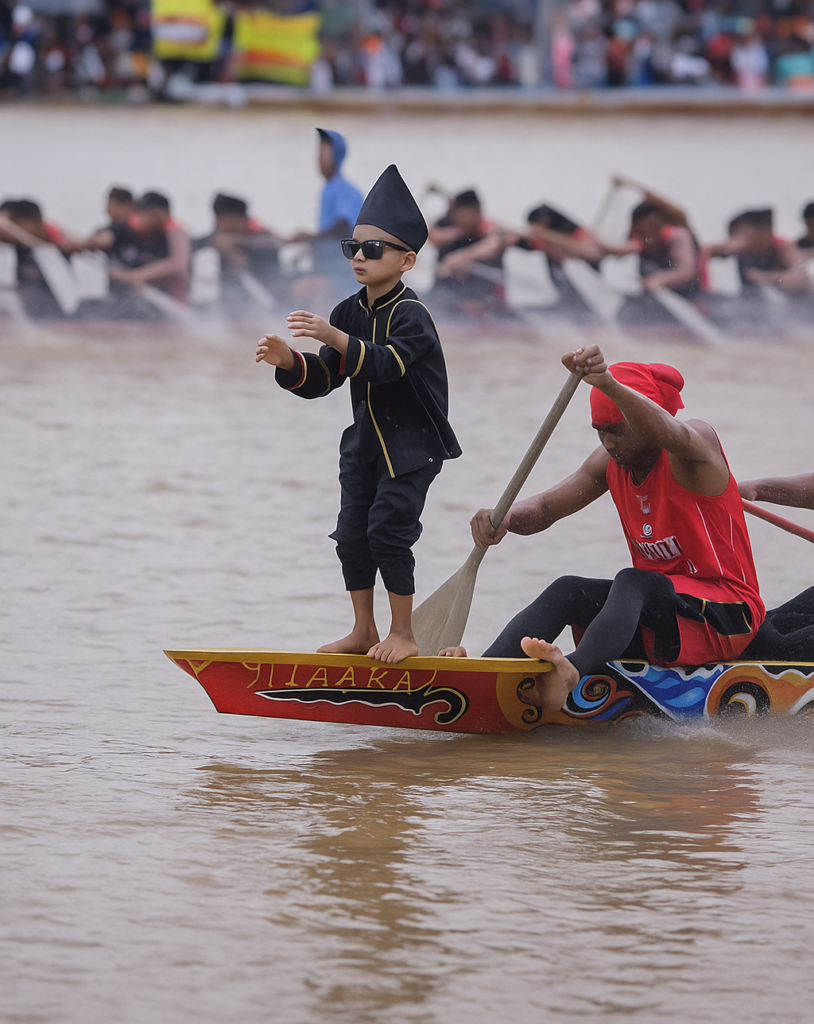
The Boat Dance Kid has become a cultural icon, celebrated for his energetic performances at traditional Indonesian boat races, especially the Pacu Jalur festival. Most recently, Rayyan Arkan Dikha captured widespread attention after his lively dance routines at the prow of racing boats went viral on social media. His unique moves, charismatic presence, and youthful spirit have made him a beloved figure in Indonesia and beyond.
- The Boat Dance Kid is usually a young boy selected to perform motivating dances at the front of boats during the Pacu Jalur race.
- His identity may change yearly, though Rayyan Arkan Dikha stands out as the most viral and recognized performer in recent years.
- These children are regarded as symbols of pride for their villages, combining extraordinary balance, artistry, and courage.
- Advances the tradition of the “Tukang Tari” or boat jester in Pacu Jalur festivals.
- Often becomes a viral sensation, inspiring national pride and global curiosity.
- Represents values like teamwork, youthful talent, and cultural heritage.
What is the Boat Kid Dance Tradition?
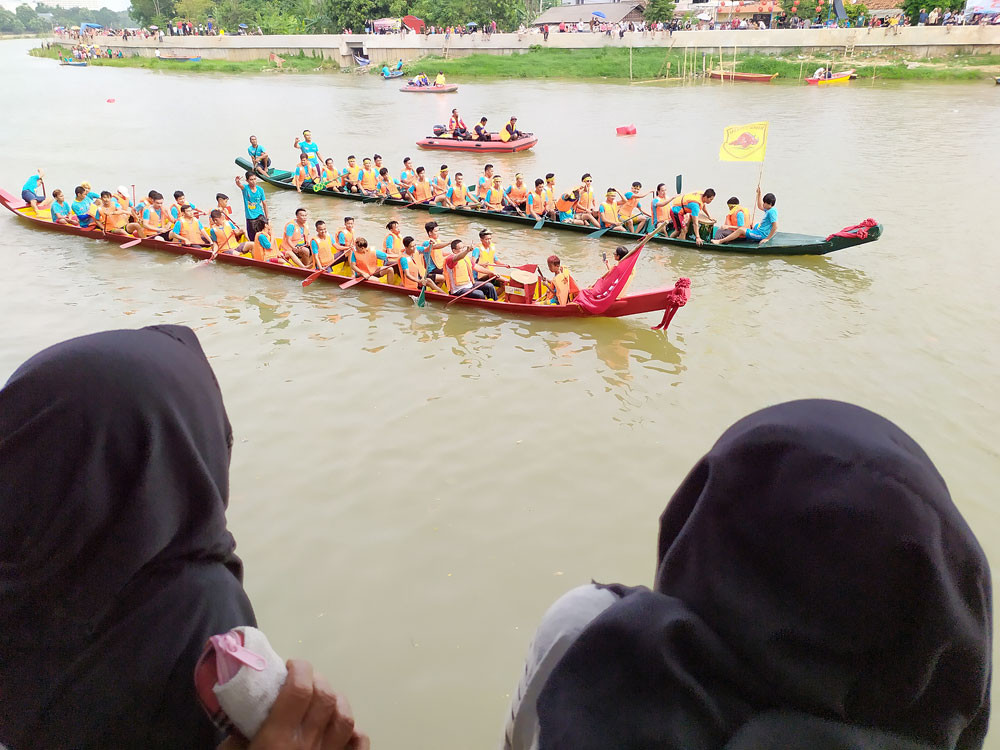
The Boat Kid Dance is a majestic tradition embedded in the culture of Indonesian river communities, especially during the annual Pacu Jalur festival. This dance features a child, dressed in bright, traditional attire, performing spirited movements atop the bow of a racing boat. The performance is much more than a spectacle—it’s a living ritual meant to inspire, bless, and energize the team.
- The dance blends choreography, symbolism, and community storytelling.
- It originated as a spiritual practice to invoke luck and the protection of ancestral and river spirits.
- Today, it serves as both a performance art and a source of motivation for the rowing team, intensifying the excitement and unity of the festival.
- Combines dance, music, and movement with athletic boat racing.
- Entrusted to skilled children known for their balance and expressive ability.
- Maintains deep-rooted beliefs about nature, blessings, and victory.
Where and When Does the Boat Dance Kid Perform?
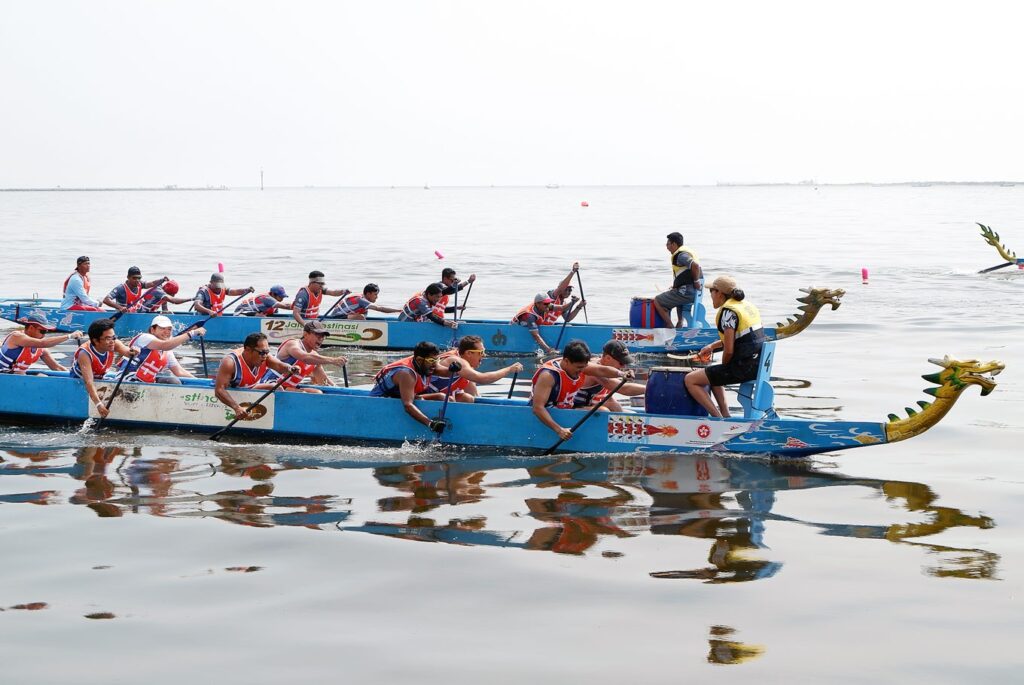
The Boat Dance Kid traditionally performs during significant river festivals, with the most famous setting being the Pacu Jalur event in Kuantan Singingi, Riau, Indonesia. This annual festival draws both locals and international tourists to witness the exhilarating races and iconic dances.
- The performance takes place each year at the Tepian Narosa lakeside, often in August, corresponding with Indonesian Independence Day celebrations.
- The Boat Kid leads his team at the prow as the procession cuts through the water, captivating thousands of festival attendees.
- Other, smaller festivals in Indonesia and neighboring regions may feature similar traditions, but Pacu Jalur remains the centerpiece.
- Main stage is the Kuantan Singingi river in Riau, Sumatra.
- Annual highlight timed with national holidays or cultural celebrations.
- Draws visitors for both the competitive race and artistic spectacle.
How Did the Boat Dance Kid Become Famous?

The fame of the Boat Dance Kid, especially Rayyan Arkan Dikha, erupted after video clips of his dance moves spread rapidly on platforms like TikTok and Instagram. His innovative “aura farming” dance captivated millions, turning a regional tradition into an international phenomenon.
- Social media amplified his charismatic performances, with celebrities and influencers imitating his signature moves.
- News outlets from Indonesia and abroad picked up the story, shining new light on Pacu Jalur and traditional boat dancing.
- As a result, Rayyan became a symbol of youthful creativity, fostering pride and interest in Indonesian heritage.
- Unique and spontaneous dance moves went viral online.
- Inspired imitation challenges (#AuraFarmingDance) worldwide.
- Elevated Pacu Jalur’s reputation as a culturally significant event.
What is “Aura Farming” and Is it Related to Real Farming?
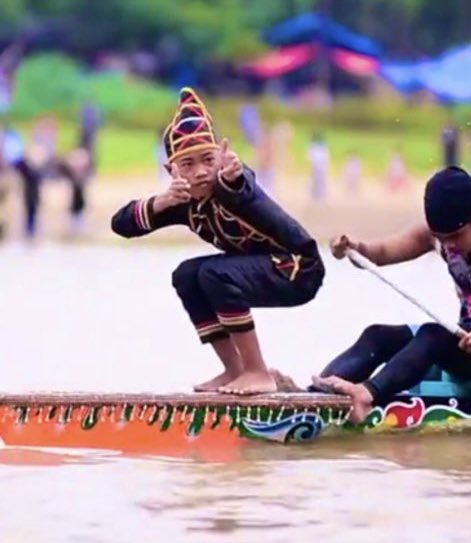
“Aura Farming” is a term playfully coined on social media after Rayyan’s dynamic hand gestures and body movements looked as if he was “gathering energy” or “harvesting aura” at the front of the boat. It is not connected to actual agriculture but symbolizes harnessing morale and strength for the rowing team.
- Aura farming” describes the energetic, circular gestures Rayyan makes with his hands, interpreted as channeling positive spirit.
- This dance, while humorous and playful online, signifies motivation, unity, and the mystical connection between dancer and the river.
- The phrase began as a meme but has since become an endearing part of the Boat Kid Dance’s story.
- Dance style is metaphorically about collecting team spirit, not crops.
- Illustrates how traditional dances can adapt and spark new meanings in pop culture.
- Now synonymous with a positive, fun take on Indonesian heritage.
Is the Boat Kid Dance Dangerous?
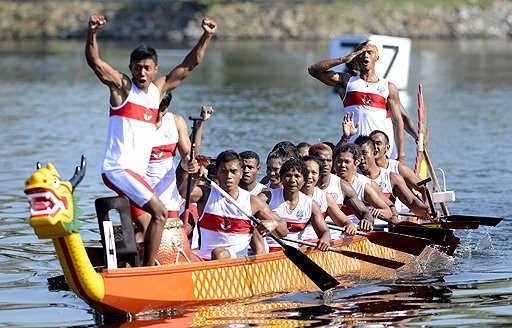
The Boat Kid Dance, while visually stunning, comes with risks. The young performer stands and dances on the prow of a fast-moving, often unstable boat. Safety is paramount; thus, careful selection, training, and supervision are essential.
- Children selected for this role must demonstrate strength, agility, and swimming proficiency.
- Teams implement safety protocols, such as monitoring the dancer closely and rehearsing the routine extensively.
- Despite risks, incidents are extremely rare due to rigorous preparation and local expertise.
- Only skilled and confident swimmers are chosen.
- Extensive training before the festival.
- Adult supervision and emergency plans in place.
Has the Boat Dance Kid Received Any Official Recognition?
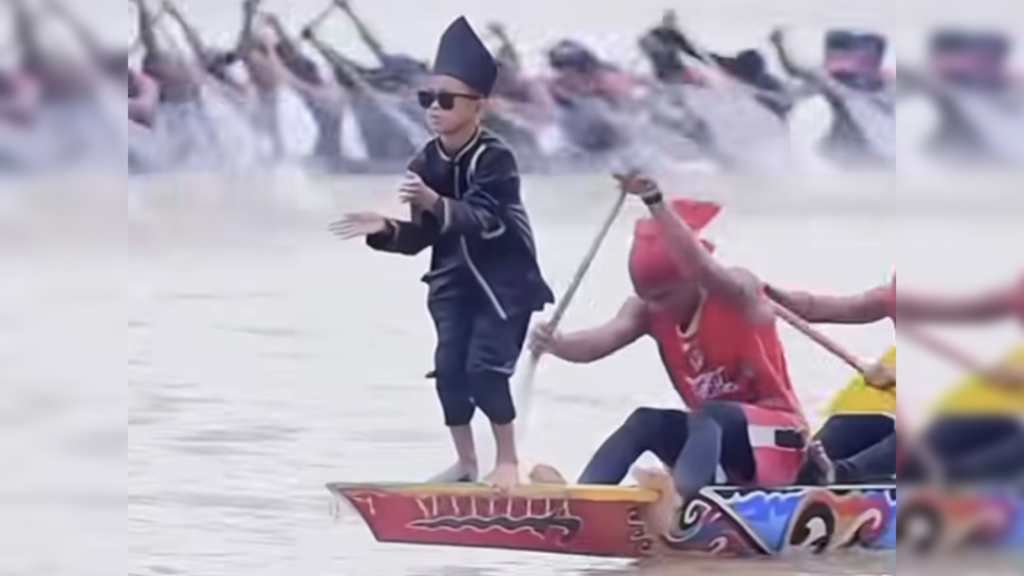
The fame and charisma of the Boat Dance Kid have led to recognition at various levels. Local governments, news outlets, and festival organizers have praised and highlighted the contributions of Rayyan Arkan Dikha and previous performers.
- Rayyan and fellow boat dancers are often honored at closing ceremonies, receiving applause, awards, and local endorsements.
- Their contribution brings significant attention to the festival, benefiting cultural tourism and youth empowerment programs.
- While formal national awards are rare, the cultural reverence is immense.
- Invited to meet local officials and media.
- Featured in documentaries, TV interviews, and news articles.
- Recognized for preserving and modernizing traditional art.
Can Anyone Become a Boat Dance Kid?
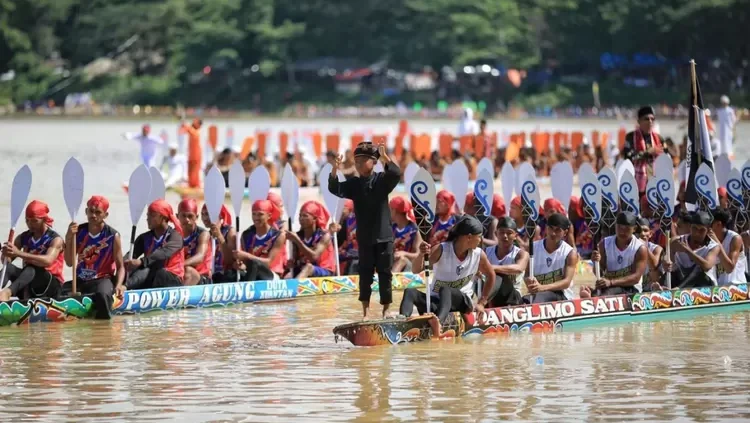
Becoming a Boat Dance Kid is a coveted honor, and the selection process is both fair and demanding. The opportunity is open to local children who show outstanding ability, commitment, and a passion for their heritage.
- Potential dancers are scouted from local schools and communities, with emphasis on coordination, rhythm, and courage.
- Training is rigorous, involving hours of dance rehearing, balance drills, and mentorship from elders and previous Boat Kids.
- The role is often seen as a rite of passage, instilling confidence and cultural pride in young performers.
- Open to young boys (sometimes girls) from the region.
- Requires dedication and family support.
- Instills skills like teamwork, discipline, and cultural awareness.
What Impact Has the Boat Dance Kid Had on Indonesian Culture and Tourism?
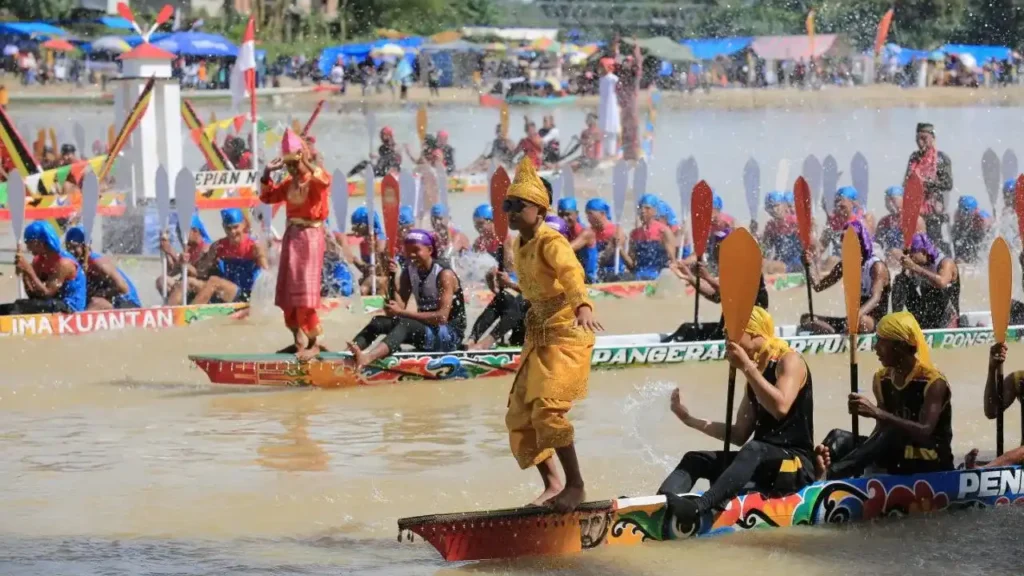
The Boat Dance Kid has reignited interest in local traditions and boosted tourism in Kuantan Singingi, Riau, and throughout Indonesia. The viral dance brings global attention to Pacu Jalur, encouraging new visitors and revitalizing cultural pride.
- Tourist attendance at Pacu Jalur festivals has increased, boosting the local economy.
- Young people are inspired to participate and preserve the tradition, ensuring its longevity.
- The Boat Kid’s fame has led to broader media coverage and cultural exchanges, putting Indonesian river festivals on the global map.
- Sparks new life in traditional festivals and local crafts.
- Encourages youth engagement and intercultural dialogue.
- Attracts media attention and cultural tourism.
The Role of the Boat Kid Performer in Traditional Boat Races
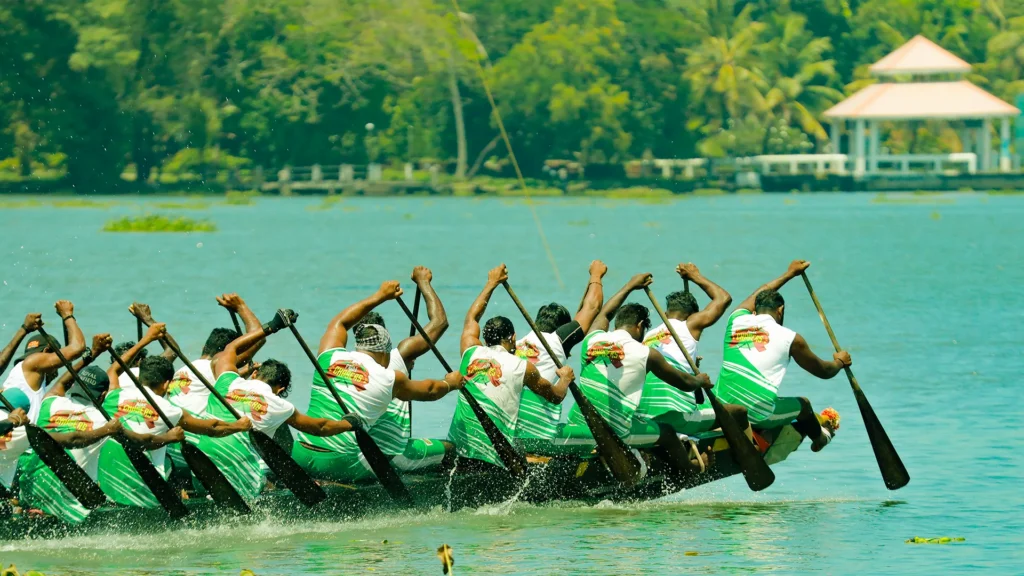
The position of the boat kid is both prestigious and precarious. Dressed in elaborate traditional costume, the child stands poised at the tip of the vessel, performing stylized motions—some mimic paddling, others represent calls to ancestral spirits or encouragement to the rowing crew. The dancer’s movements are often synchronized with chants and the beat of a drum or gong, uniting the boat’s rhythm and focusing the collective energy of the team.
The dancer is seen as a spiritual mascot, believed to bring luck and boost team morale. Locals often note that a skillful and energetic performer can inspire the crew, making the difference between victory and defeat.
Boat Kid Dance Costumes and Rituals: A Visual Guide

The costume and ritual elements are as iconic as the dance itself. Boat kid dancers are dressed in traditional attire that reflects their community’s cultural heritage. The preparation is as meticulous as the race, involving rituals for luck and safety.
- Traditional Outfits: Often embellished, colorful garments with historic motifs.
- Headgear and Accessories: Adds both aesthetic and spiritual value.
- Preparation Rituals: Incense offerings, prayers, and blessings before the event.
Symbolism of Attire and Rituals:
- Represents tribe or village identity
- Invokes protection from spirits
- Celebrates artistic creativity
- Cultural Significance and Symbolism
The Boat Kid Dance is loaded with meanings:
- Spiritual guidance: The dance invokes blessings and ancestral protection for the team.
- Team focus: The movements help synchronize paddlers, providing a focal point for coordination.
- Showmanship: The spectacle draws crowds and preserves the cultural richness of the festival.
This tradition honors the ancestral belief that the river is not just a physical entity but a living force deserving of respect and ritual. The boat kid’s bright costume and fluid movements pay homage to the river spirits and the community’s shared heritage.
How Boat Kid Dancer is Chosen?
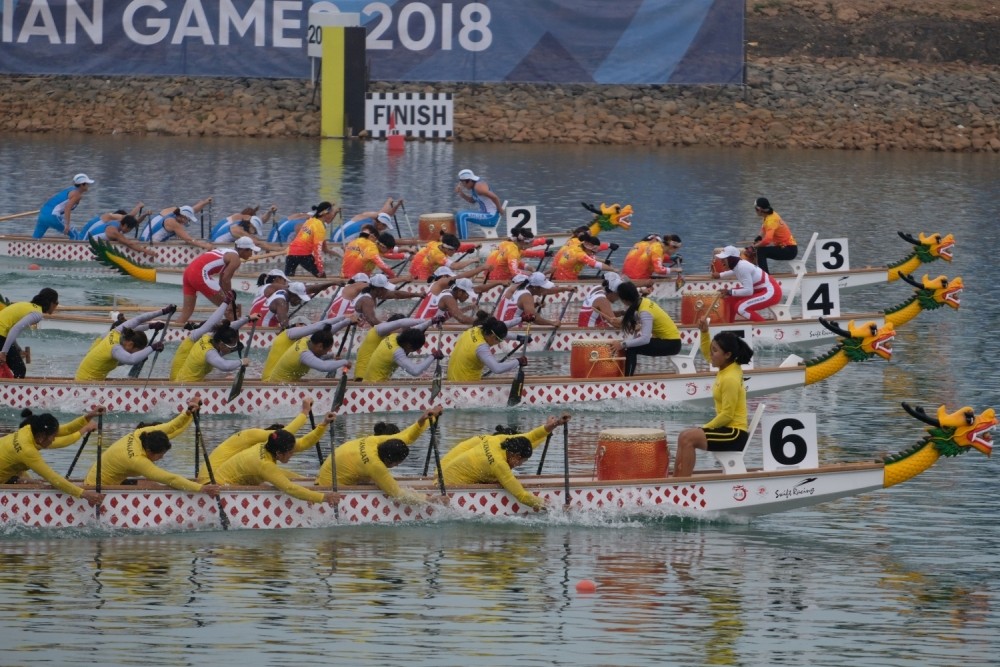
Selection as a boat kid is an honor granted to exceptionally agile and expressive children from the local community. Prospective dancers undergo rigorous training, learning both the required dance steps and how to maintain perfect balance atop a moving, often swaying boat. Maintaining poise under immense pressure—sometimes in front of tens of thousands of spectators—requires extraordinary focus and confidence.
Training includes endurance exercises, dance practice, learning to interpret musical cues, and developing a deep understanding of their role in motivating the team. In some communities, families see the role as a rite of passage, and participation helps instill discipline, pride, and community values in the youth.

